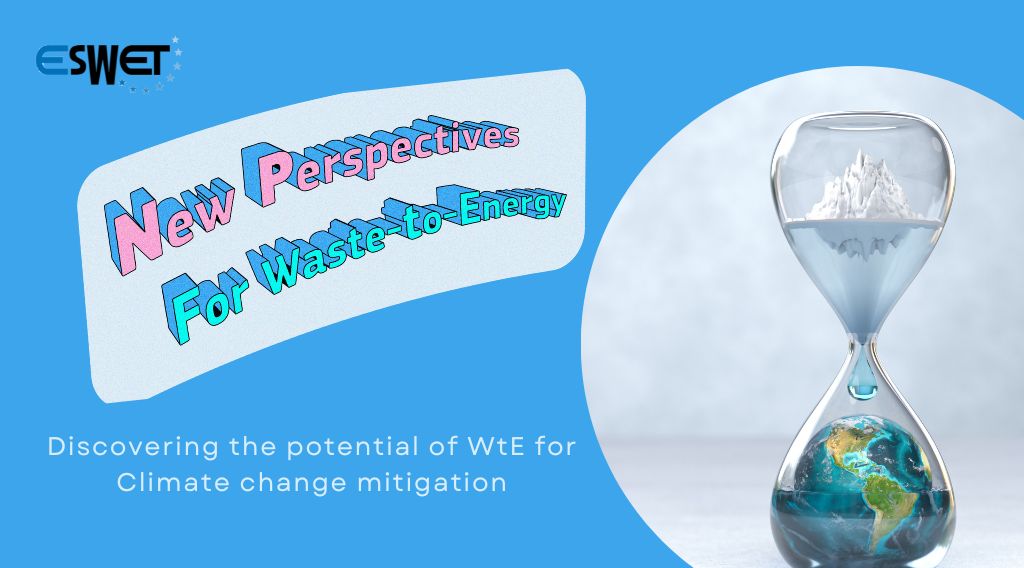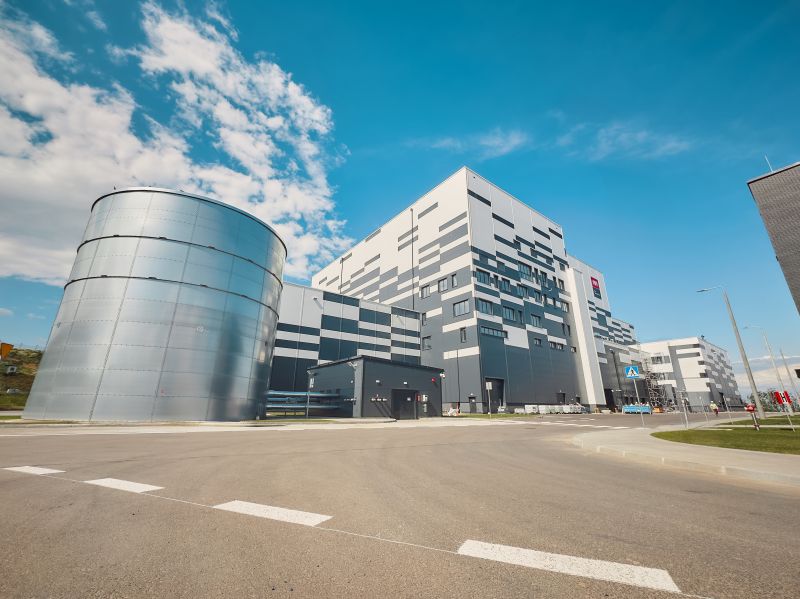Discovering the potential of Waste to Energy for Climate change mitigation
Tackling climate change is one of the European Union's main priorities. In this challenge, Waste-to-Energy already plays an important role.

Welcome to the next chapter of our journey through the positive societal benefits of Waste-to-Energy! Let’s see together the European plan on Climate change mitigation and what role Waste to Energy (WtE) has to play in the reduction of greenhouse gas (GHG) emissions: one of the most dangerous enemies to our planet Earth.
The Path to a greener future
Climate change mitigation is the effort to reduce or prevent the release of GHG into the atmosphere. But…What’s wrong with GHG?
GHG are found in the Earth’s atmosphere. These gases, such as carbon dioxide (CO2) or methane (CH4), trap heat from the sun in the atmosphere and keep the planet warm. Without them, the Earth would be a much colder place.
However, some human activities, such as burning fossil fuels (e.g., coal and petrol), contribute to the increasing levels of greenhouse gases in the atmosphere, which leads to global warming, climate change, and their adverse effects including the melting of glaciers, frequent floods, droughts, and fires, with overall stress to the ecosystems.
To address this critical challenge, many efforts and initiatives have taken place worldwide. Leading this global effort, the European Commission has taken action in the wake of the European Green Deal to achieve an ambitious goal: to make Europe the first climate-neutral economy worldwide by 2050. Becoming ‘climate-neutral’ means reducing GHG emissions as much as possible, but also compensating for any remaining emissions to achieve a net-zero emissions balance. If the question sounding in your mind is whether Waste-to-Energy (WtE) can contribute somehow to these steps; the answer is YES, Waste-to-Energy is part of the solution!
WtE plants safely treat non-recyclable waste and take many pollutants out of the ecosystem. The inherent drawback of combusting waste in WtE is the emission of CO2, however, it must be noted that a significant fraction of the waste coming in is biogenic (paper, food, and other biomass waste that has absorbed carbon through its life cycle). Accordingly, EU law considers the use of biomass waste to produce electricity and heat as a source of renewable energy. Moreover, if you take into account the emissions from other sources that are prevented by WtE plants, then some plants could already be considered carbon-neutral. There is even a potential to turn them into carbon-negative facilities!
Reaching carbon neutrality while contributing to the circular economy and energy independence?
Waste-to-energy plants contribute to GHG emissions reduction not just by substituting conventional fossil fuels-based with partly renewable electricity and heat generation, but also via raw material recovery and landfill diversion.
Below, we can see the features of WtE that contribute to this ambitious goal:
- Around 50% of Waste-to-Energy emissions are considered renewable: based on the biodegradable fraction of the waste input. The combustion of this waste leads to biogenic emissions that do not add to the atmospheric burden.
- Preventing the use of fossil fuels: This partly renewable energy from WtE facilities can help reduce reliance on imported fossil fuels, depending on the local power mix. It is also a source of energy independence and grid stability by securing local reliable electricity & heat that is produced at all times (baseload energy) and is thus complementary to other intermittent renewable sources (e.g., wind, solar). For more details about WtE’s contribution to district heating, you can also read this article.
- Recovery of raw materials: Securing raw materials in Europe is a strategic objective for the European economy and the success of the sustainable transition. However, they are often supplied by third countries where the energy-consumptive extraction of virgin materials is rarely aligned with EU environmental standards. In this context, WtE plants can recover materials that would otherwise be lost for the circular economy. This material recovery offsets much higher emissions that would result from the mining of virgin raw materials. In conclusion, by securing metals and aggregates from its process, Waste-to-Energy contributes to a more sustainable supply of secondary raw materials for the European manufacturing industry.
- Avoiding methane emissions due to landfill waste: Decomposing waste in landfills generates methane – a greenhouse gas that has a more harmful impact on the environment in long term compared to CO2. By treating non-recyclable waste, WtE diverts waste from landfills, thereby, contributing to GHG emission mitigation.

Biostoom Oostende NV plant, a WtE plant in Ostende (Belgium)
Becoming carbon-negative is the next step!
Further, on the horizon of the WtE industry, there is another promising technology that is known as carbon capture and storage (CCS). CCS is the capture of carbon dioxide, to store it, for instance, in underground reservoirs.
CCS implementation in a WtE plant could be the starting point to further boost Members States’ decarbonisation strategies, as pointed out by a Eunomia study in the UK. In order not to miss this opportunity, a political push is needed to support the large-scale implementation of CCS in Waste-to-Energy, be it by putting in place the relevant infrastructure, providing an adequate legal framework, or financially supporting promising projects.
In conclusion, Waste-to-Energy has the potential to play an important role in mitigating the effects of climate change by offsetting a significant amount of their fossil CO2 emissions, while securing local affordable energy and materials for industries and citizens in Europe.
Even more, Waste-to-Energy also has the potential to go one step further with carbon capture implementation, effectively turning the plant into carbon-negative facilities!
The journey will continue, stay tuned!


